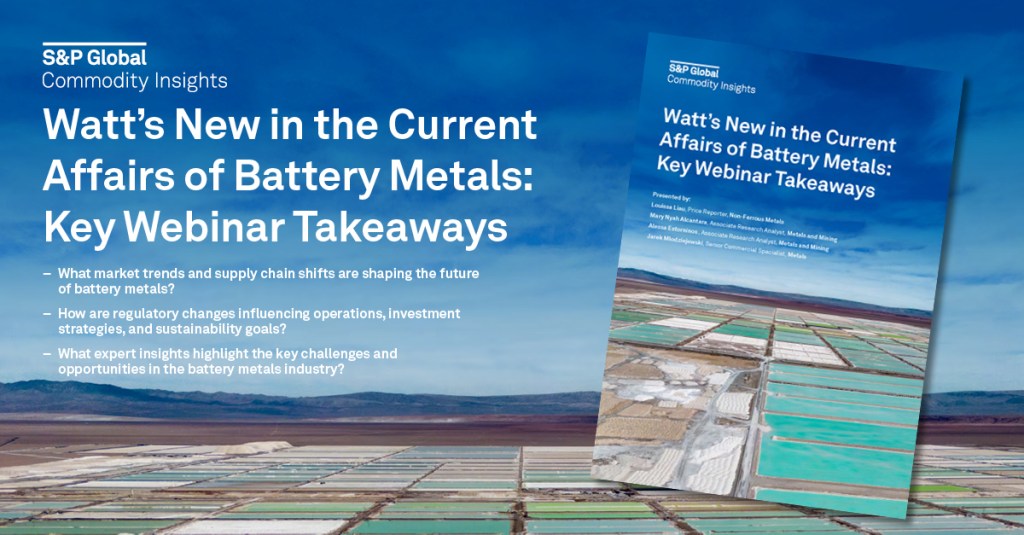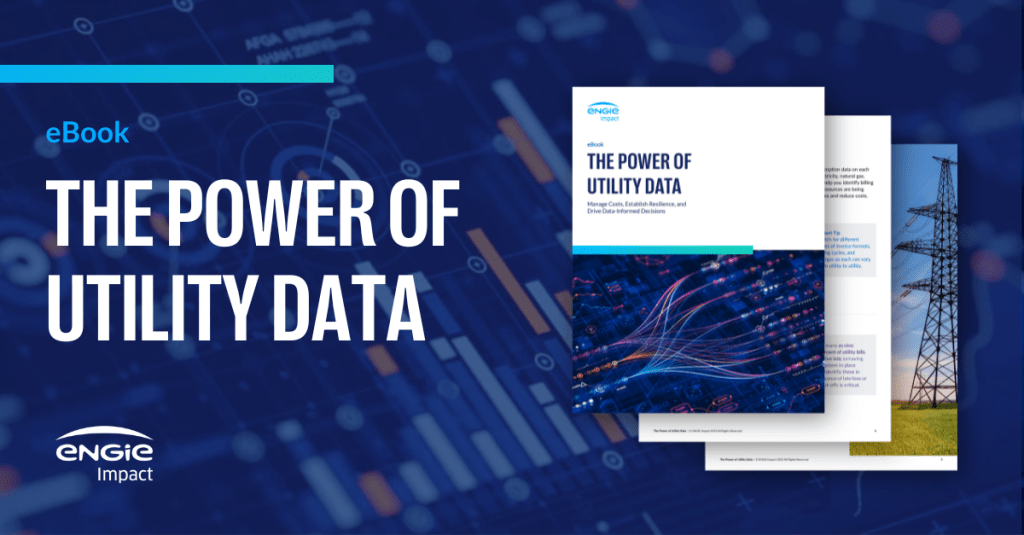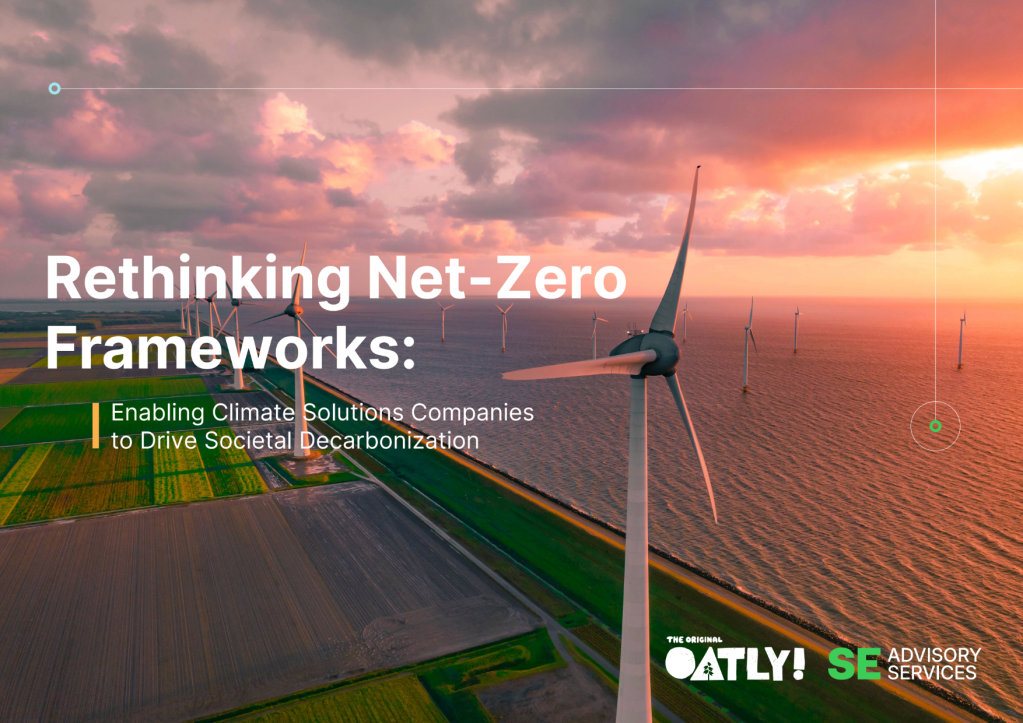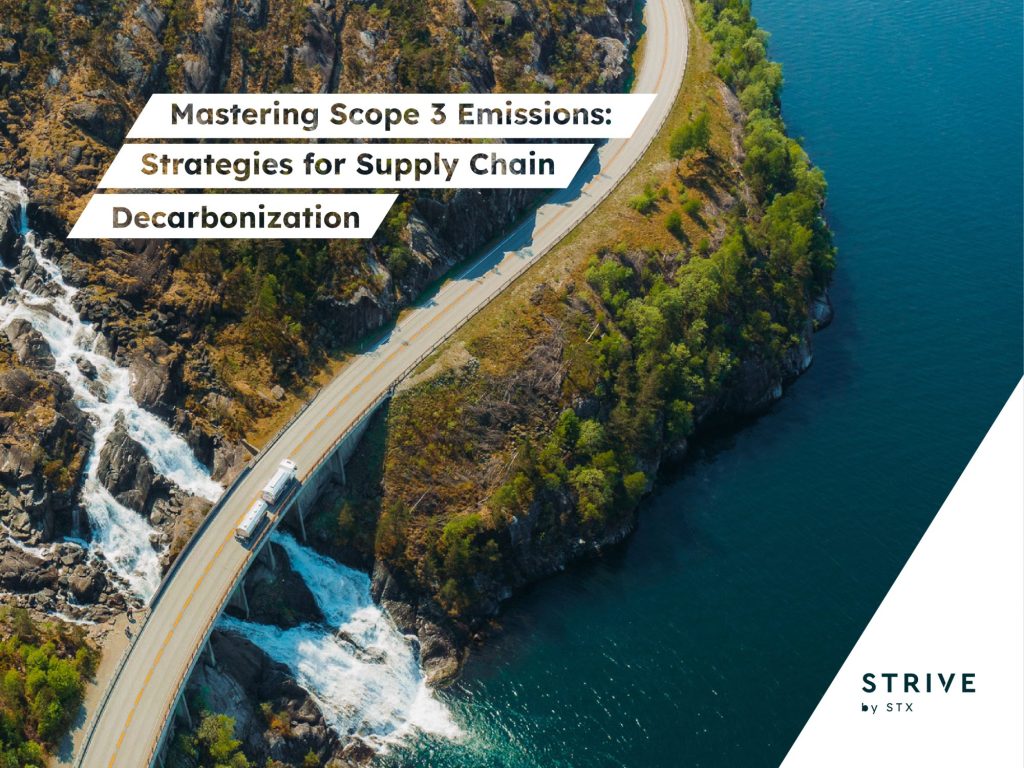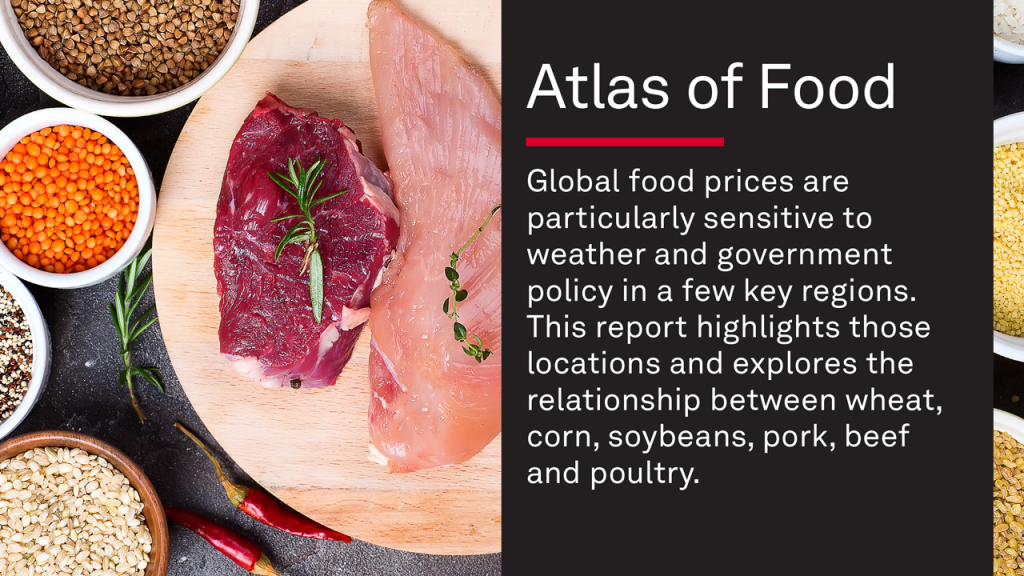Heineken Makes Sustainability a Natural Fit
In this case study of the global brewer and beverage-maker, Heineken shows how it has been able to set ambitious targets and achieve significant results on improving its environmental performance while boosting its triple bottom line. Read More
This case study from the World Business Council on Sustainable Development shows how the global brewer and beverage-maker has been able to set ambitious targets and achieve significant results on improving its environmental performance while boosting its triple bottom line.
A global brewer and beverage manufacturer, Heineken views sustainability as a key element of normal business processes. Because beer is a natural product, the company’s efforts in this area initially focused on environmental impacts — water consumption, energy consumption and waste. In consultation with stakeholders, Heineken broadened its agenda to incorporate health and safety issues, followed by a responsibility management program which addressed topics such as responsible alcohol consumption and integrity, including corruption and policies concerning acceptance of business gifts. In 2006, the company redefined its sustainability agenda, concentrating on those areas where it could have the greatest impact.
Responsibility for the sustainability program reaches the highest levels of the corporate structure at Heineken — a reflection of its importance within the company. The CEO is responsible for the company’s corporate responsibility strategy, while a corporate social responsibility advisory board composed of concerned top management supports the effort by monitoring the coherence and consistency of related policies and practices.
While Heineken’s general objective is to maximize its positive impacts and minimize its negative impacts on society, the company has established clearly defined targets for its sustainability program. They are a mix of quantitative goals for key indicators and measurable actions to be accomplished. Progress against these goals is monitored through an internal reporting structure and other review processes.
With sustainability embedded into its core values, Heineken is able to extend its principles and policies throughout the value chain. Group suppliers must adhere to the Heineken Supplier Code, while the group supply chain function monitors progress against targets for operating companies and conducts audits onsite to provide an in-depth assessment of progress and specific recommendations for further improvement.
The Business Case
Because beer is made from natural ingredients — brewing requires raw materials, including malted barley (and sometimes other cereals and hops), water and yeast — sustainability is a “natural” fit for Heineken. By integrating sustainability into overall business processes and transferring issue ownership to relevant functional disciplines throughout the organization, Heineken has been able to set ambitious targets and achieve concrete results. Assurance efforts from KPMG have helped the company improve its internal systems and processes during recent years with respect to sustainability issues and helped managers stay serious about performance improvement.
A global brewer and beverage manufacturer, Heineken views sustainability as a key element of normal business processes. Because beer is a natural product, the company’s efforts in this area initially focused on environmental impacts — water consumption, energy consumption and waste.
In consultation with stakeholders, Heineken broadened its agenda to incorporate health and safety issues, followed by a responsibility management program which addressed topics such as responsible alcohol consumption and integrity, including corruption and policies concerning acceptance of business gifts. In 2006, the company redefined its sustainability agenda, concentrating on those areas where it could have the greatest impact.
Responsibility for the sustainability program reaches the highest levels of the corporate structure at Heineken — a reflection of its importance within the company. The CEO is responsible for the company’s corporate responsibility strategy, while a corporate social responsibility advisory board composed of concerned top management supports the effort by monitoring the coherence and consistency of related policies and practices.
While Heineken’s general objective is to maximize its positive impacts and minimize its negative impacts on society, the company has established clearly defined targets for its sustainability program. They are a mix of quantitative goals for key indicators and measurable actions to be accomplished. Progress against these goals is monitored through an internal reporting structure and other review processes.
With sustainability embedded into its core values, Heineken is able to extend its principles and policies throughout the value chain. Group suppliers must adhere to the Heineken Supplier Code, while the group supply chain function monitors progress against targets for operating companies and conducts audits onsite to provide an in-depth assessment of progress and specific recommendations for further improvement.
Sample targets and performance for 2006:
- Lower specific energy consumption 15 percent by 2010 compared with 2002, simultaneously reducing CO2 emissions. Achieved 6 percent reduction by 2006, a rate slowed by the acquisition of companies with high energy consumption.
- Implement world-class manufacturing program in the area of safety and health. Achieved target by establishing performance monitoring as part of world class manufacturing program, including safety and environmental KPIs.
- Further develop model to measure local economic impact. Developed and successfully tested methodology in Sierra Leone.
- Develop reporting indicators for supply chain responsibility before 2006. Developed indicators, incorporating them into case study.
Reporting on Impact
The company’s group internal audit department has developed skills and expertise to provide internal assurance on selected social issues as well. External reporting on sustainability is seen as a way to be accountable to stakeholders. Heineken asks for external assurance on its reports to enhance the credibility and to drive internal performance improvement.

Increasingly, Heineken has been using the Web to report additional “fixed” information, such as policies in connection with the annual sustainability report. This allows interested stakeholders to access more detailed information if they want it, while still providing the more readable print format for the report itself.
Through this report, the company accounts for performance and progress before its primary external stakeholders: nongovernmental organizations (NGOs), investors, governmental bodies, trade associations, universities, customers and suppliers. The report gains additional credibility from an external review by KPMG providing assurance regarding the validity of the statements and the data presented. KPMG Sustainability serves multinational companies in the field of sustainability, advising companies on issues such as the environment, social issues (alcohol, business conduct, diversity), management sciences and audit.
The report also is a means to demonstrate accountability toward another very important group of stakeholders: the employees. Through this external report, Heineken can show its employees how it lives up to its values and principles. By sharing this progress, the report can make them proud of the organization they work for.
By documenting achievements to internal stakeholders, reporting also can drive performance improvement. Not only do employees feel even more committed to the company, but Heineken shows it takes the performance seriously by reporting about progress. Assurance efforts from KPMG have helped the company improve its internal systems and processes during recent years with respect to sustainability issues. The general approach toward reporting and assurance has driven managers to stay serious about performance improvement.
Key Findings
The key learning from Heineken’s experience is that in order to make real progress, sustainability must be fully integrated into overall business processes. As long as it is treated as something “on top of,” real progress cannot be made. A secondary learning is that it is better to do a selected number of activities really well than to be mediocre in a large number of activities. Focus helps stakeholders understand a company’s mission and values.

By integrating sustainability into overall business processes and transferring issue ownership to relevant functional disciplines throughout the organization, Heineken has been able to set ambitious targets and achieve concrete results.
Heineken has experienced continuous growth and financial success during the past several years. At the same time, the company has made a commitment to conduct business responsibly and in a sustainable manner. Achieving equal success in the area of sustainability has involved organizational changes, a detailed implementation program, and overcoming challenges.
Applicability to the consumer packaged goods industry
Heineken’s experience can be instructive to the consumer packaged goods industry because it provides a roadmap for a successful sustainability strategy to companies that face very similar challenges. Companies interested in developing or expanding upon its existing sustainability efforts should consider the following recommendations:
- Ensure top management commitment
- Build a good business case to sustain efforts
- Make sustainability an explicit part of the management agenda and performance appraisal
- Set clear performance targets
- Embed Corporate Responsibility activities in existing core business processes
- View sustainability as continuous process rather than as a project
- Make progress measurable and communicate on it
- Be open to stakeholders’ expectations and partners in the supply chain, but always make your decisions based on the best interests of the company
- Be ambitious but focused
- Do not focus only on hard quantitative indicators; try to measure social impacts as well.
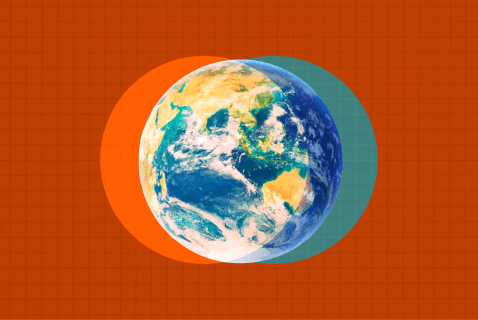
Subscribe to Trellis Briefing
Featured Reports





